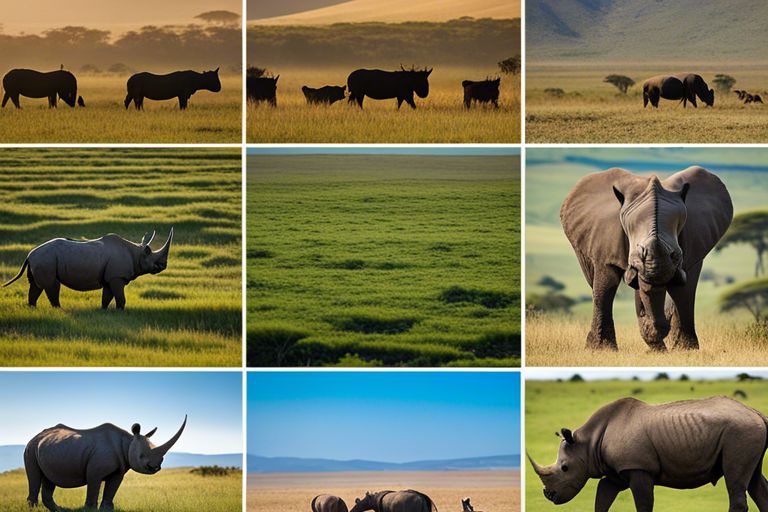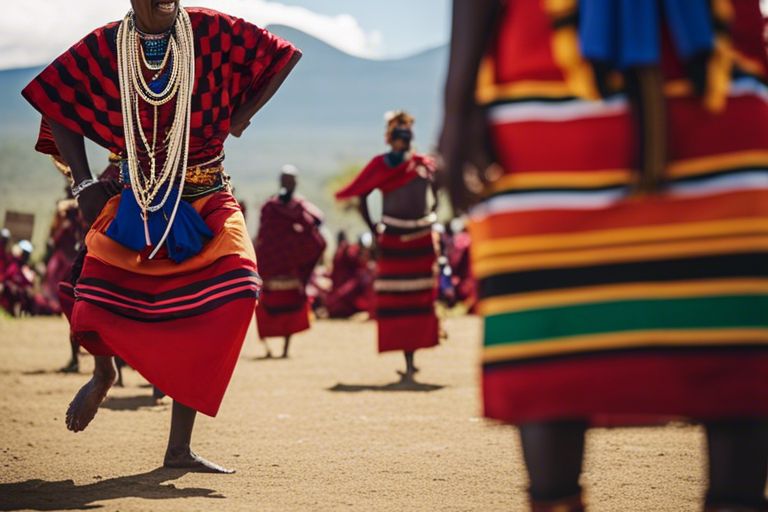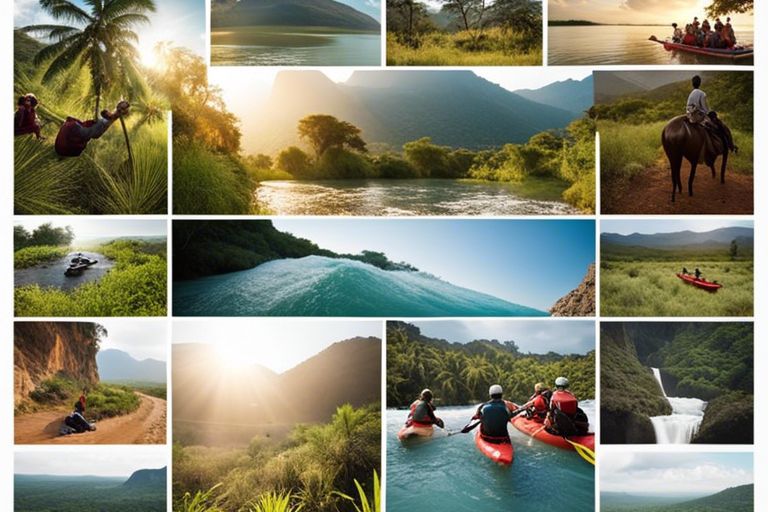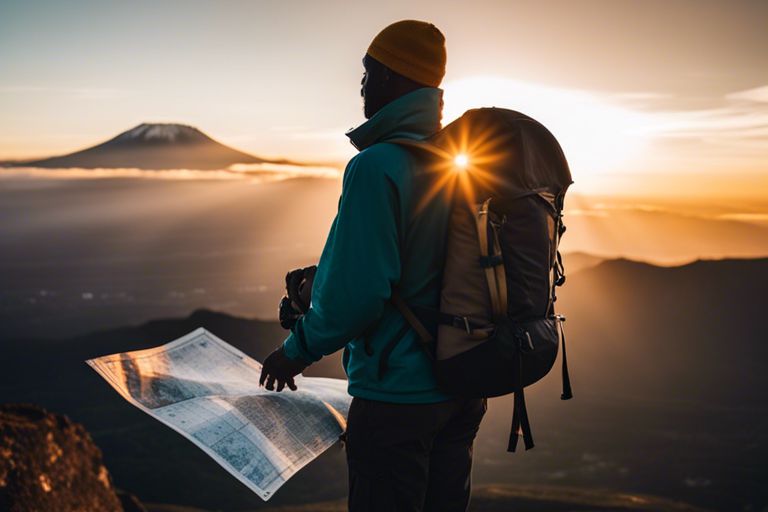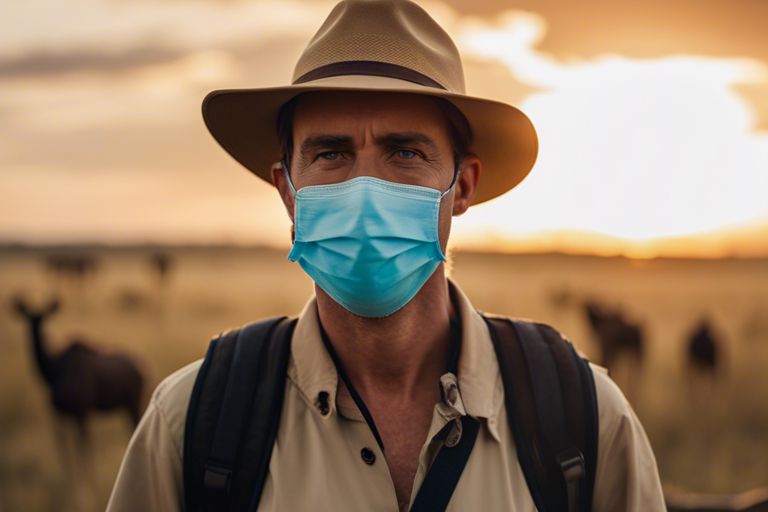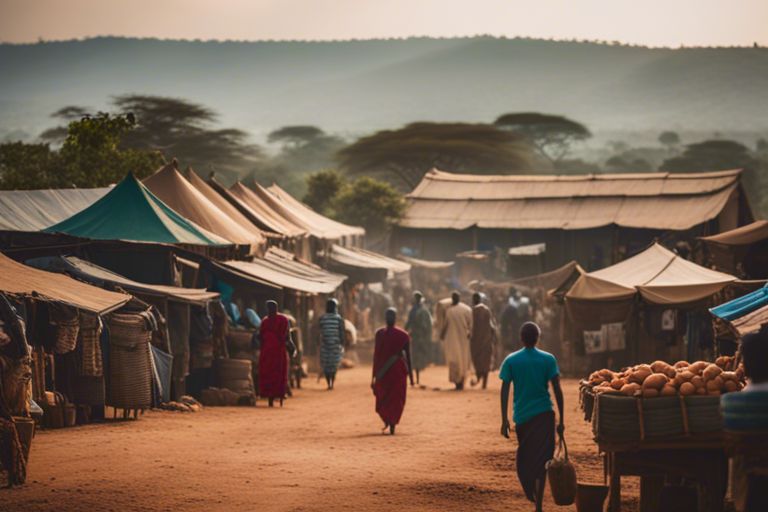Which Elusive Species Can You Spot In Ngorongoro Crater?
Ngorongoro #elusive – a term that perfectly encapsulates the mysterious and rare wildlife that roam the stunning landscapes of Ngorongoro Crater. This UNESCO World Heritage Site in Tanzania is not only a breathtaking destination for safari enthusiasts but also a sanctuary for a plethora of elusive species that are often hard to spot in the wild. From elusive black rhinos to stealthy leopards, let’s uncover the secrets of the Ngorongoro Crater and the elusive creatures that call it home.
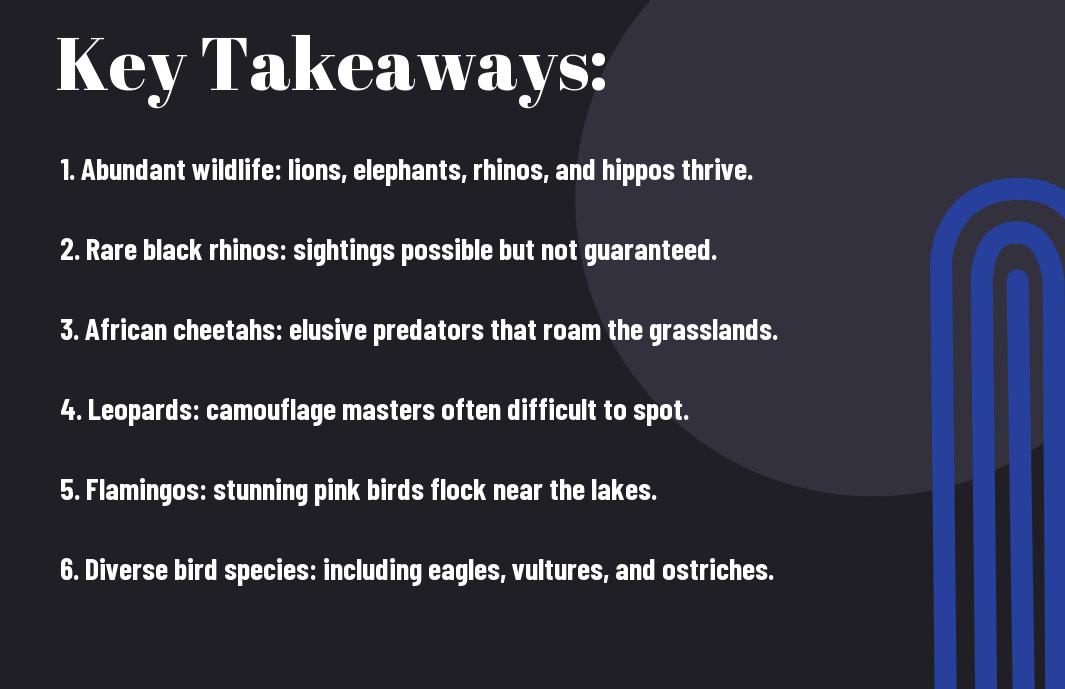
Elusive Mammals of Ngorongoro
The Black Rhino
Some of the most elusive mammals you may encounter in Ngorongoro Crater is the critically endangered Black Rhino. These solitary creatures are known for their shy and secretive nature, making them a rare sight even for experienced safari-goers. With their dwindling numbers due to poaching, spotting a Black Rhino in the wild is a truly special and memorable experience.
The African Wild Dog
For visitors to Ngorongoro Crater hoping to catch a glimpse of the elusive African Wild Dog, patience and a bit of luck are key. Also known as painted dogs, these highly social and intelligent predators are distinguished by their unique coat patterns. With their complex social structure and incredible hunting skills, encountering a pack of African Wild Dogs in the wild is a thrilling and rare sighting.
Plus, the African Wild Dog is considered one of the most efficient hunters in Africa, with a success rate of around 80%. Their coordinated hunting techniques and strong sense of teamwork make them formidable predators in the savannah ecosystem. Despite their impressive hunting abilities, these endangered canines face threats from habitat loss and human-wildlife conflict, making them a truly special sighting in Ngorongoro Crater.
Rare Birds to See in Ngorongoro
Now, if you’re a bird enthusiast looking to explore the diverse avian life in Ngorongoro Crater, you may want to start by checking out the The Big 5 of Ngorongoro Crater for a complete wildlife experience.
The Secretary bird
Birdwatchers visiting Ngorongoro Crater should keep an eye out for the majestic Secretary bird. With its striking appearance of black crest feathers and long legs, this large bird of prey is a sight to behold as it gracefully stalks through the grasslands in search of small mammals and insects.
The Verreaux’s Eagle
One of the rare and impressive raptors to spot in Ngorongoro Crater is the Verreaux’s Eagle. Known for its dark plumage and vast wingspan, this eagle can be seen soaring high above the crater, scanning the terrain for prey with its keen eyesight.
Secretary birds are known for their unique hunting style, as they use their powerful legs to stamp on prey and then swallow them whole. These birds are also remarkable for their monogamous nature, often mating for life and displaying strong family bonds in the wild.
Uncommon Reptiles and Amphibians
The Leopard Tortoise
For a chance to spot the elusive Leopard Tortoise in Ngorongoro Crater, keep a keen eye out for its distinctive shell patterns and slow, deliberate movements. This species tends to blend in seamlessly with the surrounding terrain, making it a rewarding challenge to find during your safari adventure.
The Ngorongoro Chameleon
On your exploration of Ngorongoro Crater, be on the lookout for the fascinating Ngorongoro Chameleon. These remarkable creatures possess the incredible ability to change their skin color to match their environment, making them incredibly hard to spot. Their unique adaptation and subtle presence make them a must-see for any wildlife enthusiast.
Ngorongoro Chameleons are masters of camouflage, with their specialized cells allowing them to blend seamlessly into their surroundings. Their slow movements and meticulous attention to detail showcase the incredible evolutionary adaptations that have allowed them to thrive in the diverse habitats of Ngorongoro Crater.
The Challenges of Spotting Elusive Species
Habitats and Habits
Species in Ngorongoro Crater have adapted to their environments over time, making them masters of camouflage and stealth. Whether blending in with the savannah grasslands or seeking refuge in the dense forests, these elusive creatures have honed their survival skills in order to evade detection by predators and humans alike.
Conservation Efforts
For decades, conservationists and park rangers have worked tirelessly to protect the diverse wildlife found in Ngorongoro Crater. Through initiatives such as anti-poaching patrols, habitat restoration projects, and community education programs, efforts have been made to ensure the long-term survival of these endangered species.
It is a collective responsibility to safeguard the biodiversity of Ngorongoro Crater and preserve the delicate balance of its ecosystem. By supporting conservation efforts and sustainable tourism practices, we can all play a role in protecting these elusive species for future generations to admire and appreciate.
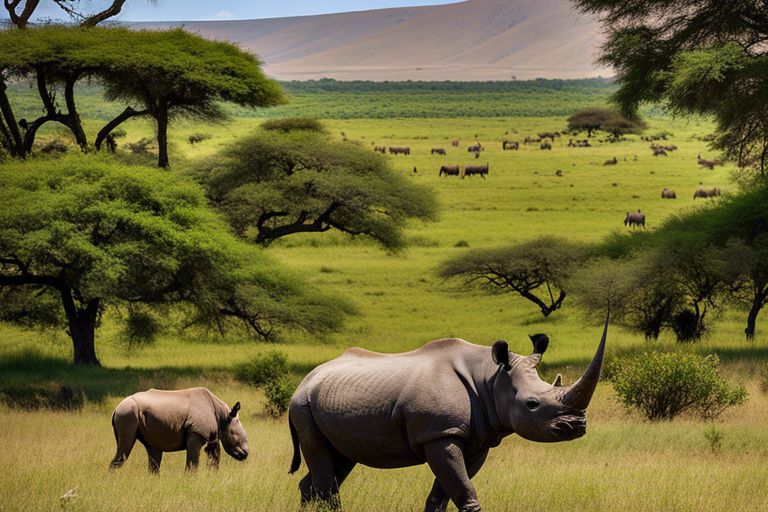
Tips for Wildlife Spotting in Ngorongoro
Not every safari experience in Ngorongoro Crater guarantees up-close encounters with the elusive wildlife that inhabits this stunning natural reserve. To maximize your chances of spotting animals like lions, elephants, and rhinos, it’s important to be prepared and know where to look. After planning your trip, it’s important to educate yourself on the best practices for wildlife spotting in Ngorongoro. For detailed information, check out Everything You Need to Know to Visit Ngorongoro Crater …
Best Times for Spotting
Spotting wildlife in Ngorongoro Crater is best during the dry season from June to September. During this time, animals gather around water sources, making them easier to spot. Early mornings and late afternoons are when wildlife is most active, so plan your safaris accordingly to increase your chances of sightings.
Guided Tours vs Solo Explorations
Times deciding between guided tours and solo explorations, it’s important to consider your level of experience and comfort in the wilderness. Guided tours offer the expertise of local guides who know the area’s wildlife behaviors and hotspots, increasing your chances of spotting elusive species. For instance, solo explorations may provide more flexibility but lack the knowledge and resources that guided tours offer, potentially limiting your wildlife sightings.
Conclusion
With these considerations in mind, visiting Ngorongoro Crater offers a unique opportunity to spot a diverse range of elusive species in a stunning natural setting. From the critically endangered black rhino to the rare serval cat and majestic lions, each sighting in this sanctuary is a testament to the importance of conservation efforts. Whether you’re a seasoned wildlife enthusiast or a casual observer, a visit to Ngorongoro Crater promises an unforgettable experience in the heart of Tanzania’s wildlife paradise.
FAQ
Q: What elusive species can you spot in Ngorongoro Crater?
A: Ngorongoro Crater is home to a variety of elusive species including the black rhinoceros, African leopard, and African buffalo.
Q: Is it possible to see a black rhinoceros in Ngorongoro Crater?
A: Yes, Ngorongoro Crater is one of the few places where you might be lucky enough to spot a black rhinoceros in the wild.
Q: Can visitors see an African leopard in Ngorongoro Crater?
A: While African leopards are known for their elusive nature, there have been sightings of these majestic creatures in Ngorongoro Crater.
Q: Are African buffaloes commonly seen in Ngorongoro Crater?
A: African buffaloes are often spotted in Ngorongoro Crater, making it a great destination for wildlife enthusiasts hoping to see these impressive animals up close.
Q: What other elusive species can be found in Ngorongoro Crater?
A: In addition to black rhinoceros, African leopards, and African buffaloes, visitors to Ngorongoro Crater may also catch a glimpse of cheetahs, elephants, and hyenas.

